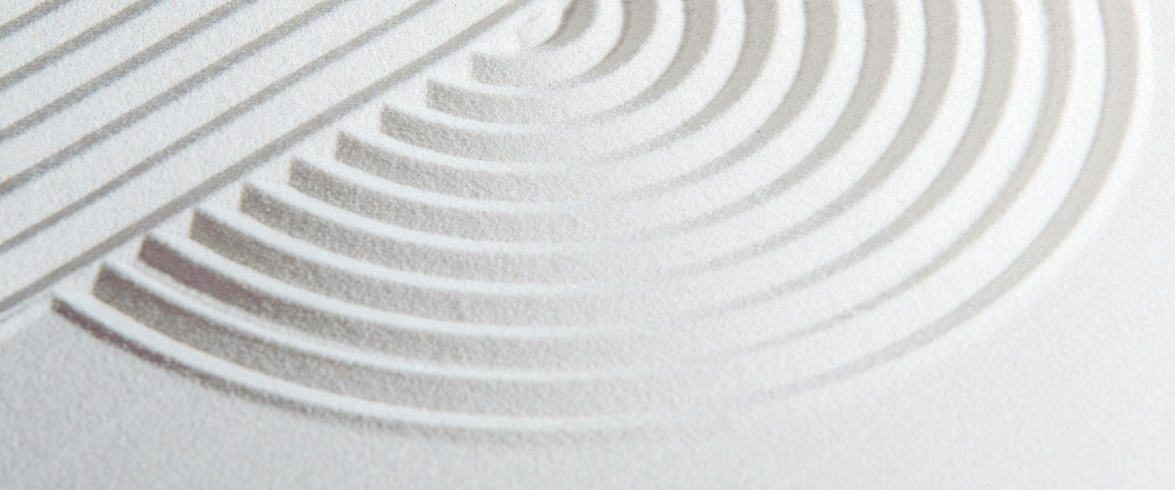We get it, it’s hard to break bad habits. But when it comes to building healthy habits, small decisions add up over time. That is why we are using our 10 Healthy Habits as the foundation of our new Health & Wellbeing program - GoodForYou.
They are easy to follow habits that have stood the test of time. These healthy habits aren’t anything crazy or extreme, but they consistently allow us to lead a healthy lifestyle for years and years. When implemented these habits have a significant impact on your physical and mental wellbeing.
So in this article we are going to focus on the 6 most common sleep positions
We've chosen an article from the resource section of GoodForYou. It's written by our Wellbeing Partner Synergy Health Ltd and we've re-produced their article in full below:
It’s that time of night - or day - again. You've completed your nighttime routine, turned out the lights, pulled back the covers and snuggled into bed. Whether you immediately turn over to one side after falling back onto your pillows or spend time switching between poses to get a little more comfortable, your preferred sleep posture can offer some important insights about your health.
Let’s face it. Sleep is a big part of our lives - we spend roughly one-third of our lives sleeping. Certain sleep positions have been linked to health concerns or better wellness outcomes. Different sleep positions have different benefits. If you're struggling with pain, an injury or other health issues, it's not as simple as lying down and falling asleep. Your sleep position plays a big role in your sleep quality, which means you might need to switch it up if you're having problems sleeping.
By this point, your sleeping position may be entirely habitual. If you’ve settled into the same position in bed since childhood, you might not consciously think about it each night. Taking the time to train yourself to sleep in a new position gradually could help improve the quality of your sleep. You may not need to change it completely; simply modifying your favourite sleep position to optimise it might do the trick.
Every person is different. What’s important is that you’re doing what works for your body and your sleep needs.
Interestingly, some sleep psychologists and experts have suggested that personality can factor into sleep position and offer insight into your traits and behaviours. Professor and sleep expert Chris Idzikowski surveyed just over 1,000 British adults to uncover any links between sleep position and personality. There isn't enough research yet to make a strong link between your personality and preferred sleeping position, but here are some fascinating insights to get you thinking about your own sleep style.
THE SIX MOST COMMON SLEEP POSITIONS
BACK SLEEPERS
Back sleeping distributes body weight evenly, so no one part of your body is under more pressure than another. For many people, this can lead to more restful sleep. Not only does it make it easiest to protect your spine, but it can also help relieve hip and knee pain. Plus, if you’re worried about keeping your skin looking fresh, sleeping on your back protects it from any pillow or gravity-induced wrinkles.
Sleeping on your back uses gravity to keep your body in an even alignment over your spine, which can help reduce any unnecessary pressure on your back or joints. A pillow behind your knees may help support the natural curve of the back. However, sleeping flat on your back can be difficult for anyone who struggles with back pain, snoring or sleep apnea. Support might help but find a pain-free position for a good night's rest.
1. THE SOLDIER
You lie on your back with both arms down by your sides. It’s a not-so-popular position, although sleep lab studies show that most people (over 62%) actually start out laying on their backs before ending up in other positions.
Personality traits: Quiet and reserved. Soldiers may hold both themselves and other people to high standards.
2. THE STARFISH
You lie on your back with both arms up by your pillow. Men are more likely to sleep in the Starfish position than women.
Personality traits: Starfish sleepers tend to be selfless, giving people, always ready to lend a helping hand or listening ear.
SIDE SLEEPERS
Sleeping on your side can promote good digestion, help reduce snoring, prevent heartburn, and possibly even boost brain health. For healthy cognitive function, your brain needs to remove the waste regularly.
Side sleeping may help reduce back pain, but it can put pressure on your shoulder and lead to tightness, tension, or pain in your head and face. For best results, consider choosing a mattress that provides good pressure relief and a firmer pillow with enough loft to support your spine’s natural curve.
For better hip and low back support, try sleeping with a pillow between your knees or lower legs. You might even try hugging a body pillow or large pillow — some people find this offers better arm support.
The side you choose to sleep on can also make a difference. Right side sleeping can ease the strain on internal organs, but it may worsen acid reflux.
3. THE FETAL POSITION
You lie on your side with your knees bent towards your chest, curled up like a baby. This is the most common sleeping position - and it’s more common with women than men.
Personality traits: Sensitive at heart, people who report sleeping in the fetal position, may show traits of shyness and introversion.
4. THE YEARNER
You lie on your side with both arms stretched out in front of you. Baby boomers are more likely to sleep this way than millennials and Gen Xers.
Personality traits: Open-minded, complex, and cynical. Some sources say yearners can be slow in making decisions but are resolute once their mind’s made up.
5. THE LOG
You lie on your side with both arms straight down. If that sounds uncomfortable, it probably is, as only a small percentage of people tend to sleep this way.
Personality traits: Easy going, social, and trusting of others. Log sleepers are also more likely to consider themselves to be healthy.
STOMACH SLEEPERS
Sleeping on your stomach, or prone, generally isn’t recommended since it can contribute to back and neck pain. If your head always faces the same way, you’ll probably begin to notice some daytime stiffness before long.
If you’ve tried and failed to get comfortable in any other position, though, stomach sleeping might be the best position for you. Try changing the direction of your head regularly instead of always facing left or right.
Choosing a flat, thin pillow (or skipping the pillow entirely) can help prevent neck pain. Adding a pillow under your pelvis can also make a big difference in back stiffness and pain.
Also, consider your mattress. A firmer mattress can help keep your spine aligned, preventing pain and improving the quality of your sleep.
6. THE FREEFALLER
You lie on your stomach with your hands up by your pillow and your head turned to the side like a skydiver. Generation X and millennials are more likely to prefer stomach sleeping than baby boomers.
Personality traits: Some say freefallers don’t take criticism well and tend to be brash, bold, and outspoken in nature.
SO WHAT’S THE BEST POSITION FOR SLEEPING?
In short, there is no single best position for quality sleep since so many factors come into play. If you often have trouble sleeping or wake up with pain and discomfort, it’s certainly worth considering the potential impact of your current sleeping position.
It ultimately comes down to what feels good for you and that you’re waking up feeling rested and restored. Ask yourself, am I as comfortable as I can be every night? Is my bed supportive enough for easy position changes?
Sleeping just fine? If you have no trouble getting the right amount of sleep and wake up without pain, you probably don’t need to worry about how you fall asleep. The best sleep position, after all, is one that keeps you comfortable enough to get the rest you need.
Experts say that side sleeping is considered a healthy position for most people, especially snorers, those with mild sleep apnea, and neck and back pain. Positioning yourself on your side (or even your stomach) can help keep your airways open and reduce snoring.
Sleeping on your left side may help alleviate heartburn and acid reflux symptoms, promote digestion, and support lymphatic drainage (also recommended for pregnant women).
Pro-tip: A supportive (but not too thick) pillow underneath your head and between your knees and thighs can help keep your spine, hips, and pelvis in alignment.
Explore this health focus at GoodForYou
If you want to learn more about this health forcus, check out our new Wellbeing Program GoodForYou - it's a personalised program designed to help you improve your physical and mental health & wellbeing.
It's free to all HealthCarePlus policy holders and you can add up to 5 friends and family to join you in this journey.
It's very easy to set up and once you've joined up you can get recommended content to improve your sleep.









